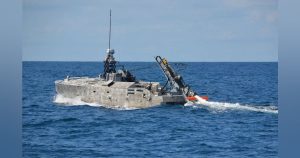A Critical Tool for Critical Inspections
In recent years, drones have become indispensable in inspecting critical infrastructure across various sectors, including energy, utilities, and transportation. As drone systems, payloads, and software evolve, their applications continue to multiply.
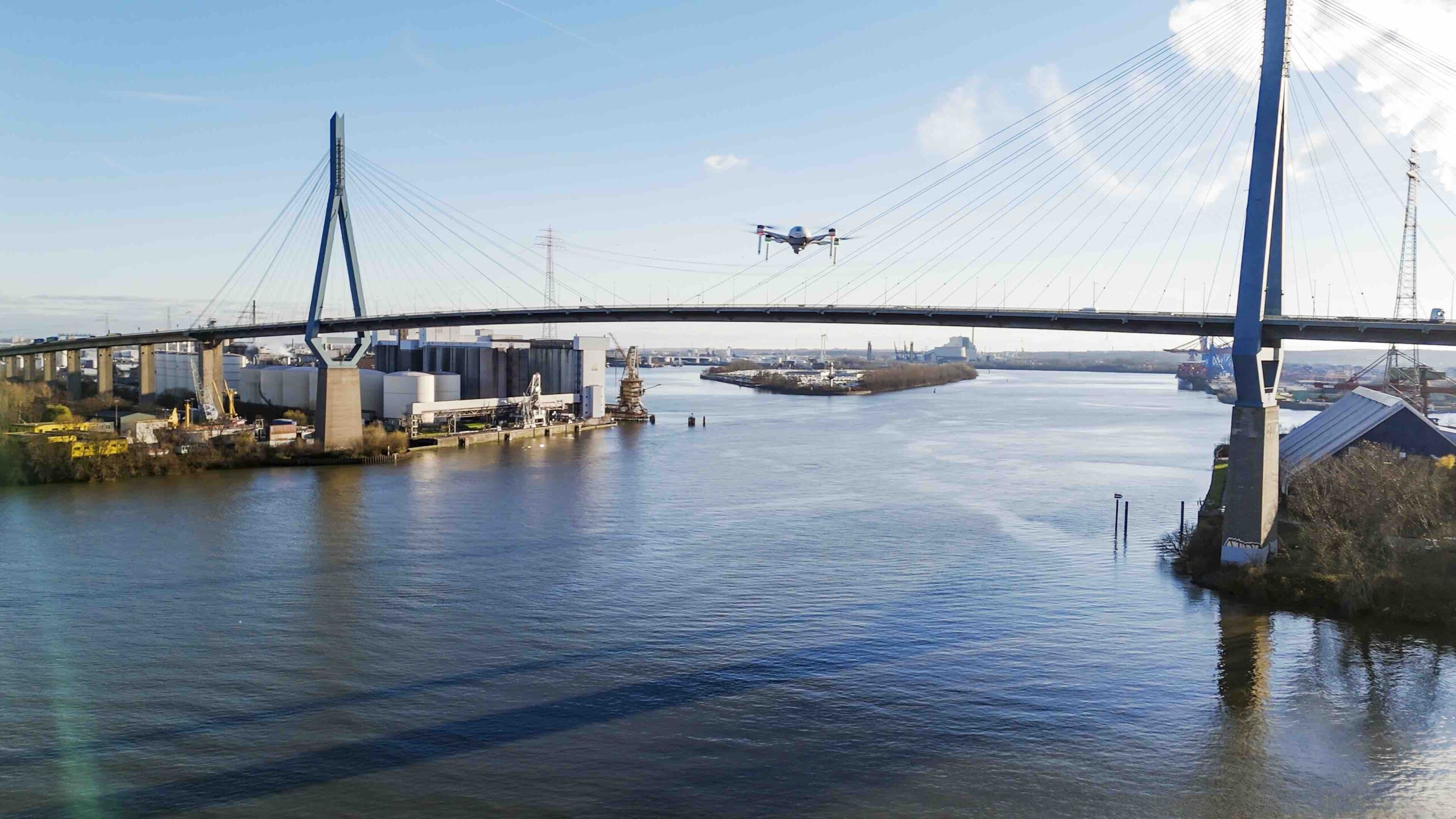
Initially, Dominion Energy focused its drone operations primarily on inspecting critical infrastructure such as transmission lines and substations. Since launching drone services in 2014, the company has diversified its inspection program to include solar and wind farms, along with nuclear sites.
Dominion’s nuclear program accelerated when Scott Paul, the coordinator for unmanned systems, became aware of the potential of drones. After obtaining the necessary approvals, he acquired Elios 1 and 2 indoor drones from Flyability to enhance their inspection capabilities.
One noteworthy success occurred when Paul used drones to inspect a troubled structure at another facility, allowing the team to identify a power containment issue without having to shut down operations. This capability greatly reduced downtime and improved planning for repairs.
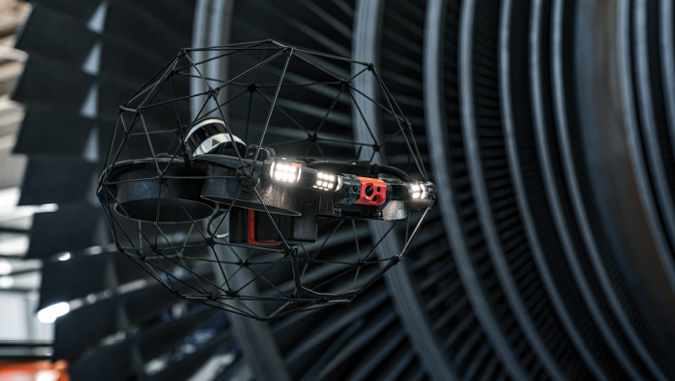
drones are increasingly utilized for inspections in various industries, such as transportation, oil and gas, renewable energy, telecommunications, and power generation. As technology advances, many organizations are increasingly relying on drones, aided by AI tools that streamline data analysis and expedite defect identification.
Sean Guerre, director of the Energy Drone & Robotics Coalition, notes that the application of drones in the energy sector has become more widespread, transitioning from sporadic uses to regular deployments. The safety benefits of drones are now complemented by a clear return on investment.
Evolving Use Cases
Originally, drones were limited to visual inspections in hard-to-reach or hazardous areas, which significantly enhanced safety by reducing the need for helicopter flights and other risky maneuvers. Today, drones provide a comprehensive approach to routine inspections, allowing teams to conduct repairs more efficiently as they can better prepare before arriving on site.
As confidence in drone technology increases, industries are testing drones for more advanced applications. Current uses include gas detection, detailed mapping, creating digital twins, and measuring material thickness.
Dave Buhrman from Skydio reports a surge in drone adoption, particularly through systems such as the autonomous Skydio X10, enabling various Departments of Transportation to safely and efficiently gather data.
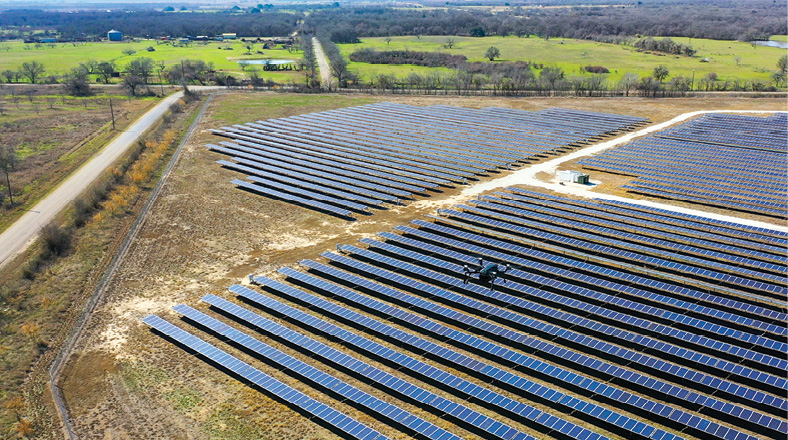
Cyberhawk has also witnessed an increase in requests for drone inspections, particularly in utilities. A recent project revealed that 30% of electric poles marked for replacement after traditional inspections were actually still in good condition, providing the utility with substantial savings and a refined focus for maintenance efforts.
With BVLOS (Beyond Visual Line of Sight) waivers being granted more frequently, linear inspections are becoming simpler. For instance, Shell conducted a 320-mile pipeline inspection in one day, vastly reducing costs and risks compared to manned flights.
Advanced Payloads
The expansion of drone payload capabilities is essential for critical inspections, with high-resolution cameras leading the charge. These advancements allow inspectors to capture detailed images from a distance while also enhancing obstacle avoidance capabilities.
Thermal cameras are now standard, enabling the detection of issues that may not be visible to the naked eye. Furthermore, many of these cameras provide radiometric capabilities for accurate temperature measurements, vital for assessing equipment conditions.
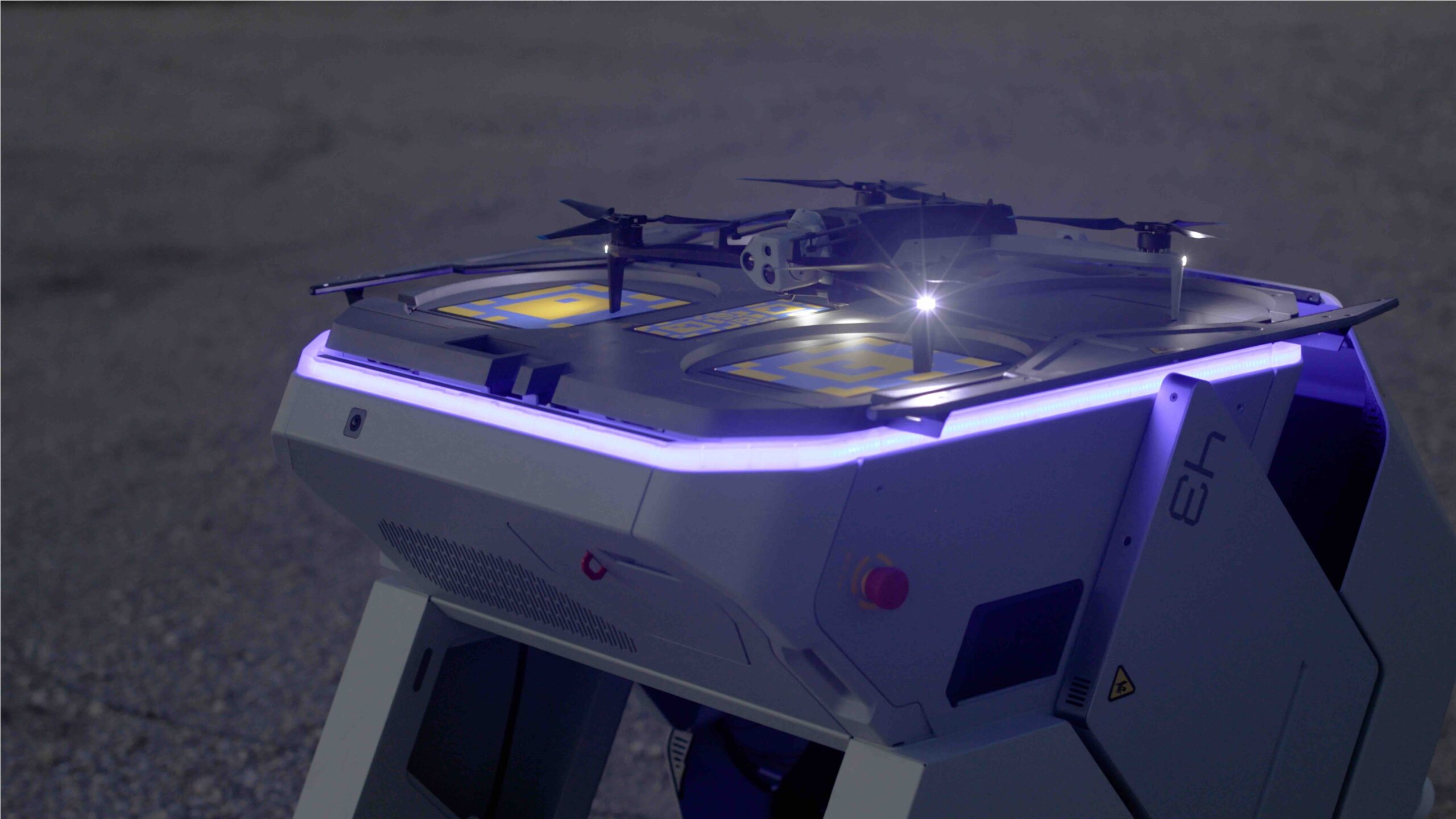
LiDAR technology is also being increasingly integrated into drone inspections, generating point clouds used for creating digital models of assets, measuring distances, and detecting environmental changes.
The oil and gas industry particularly benefits from optical gas imaging technologies, allowing drones to quickly locate leaks and gather vital information that enables timely repairs.
AI and Automation Transforming Inspections
Artificial intelligence is transforming drone uses, particularly in identifying and annotating defects captured during inspections. This shift leads to time savings and enhances the accuracy of reporting, as seen in successful applications by companies like gNext.
With AI-enhanced capabilities, drones are poised to conduct entirely autonomous inspections, with further developments anticipated in both AI applications and regulatory frameworks to support these technologies.
Future Trends in Drone Technology
As drone technology continues to advance, potential for automation and remote operations is set to grow significantly. This evolution will enable more robust, routine inspections, aiding in regulatory compliance and reducing infrastructure failure risks.
The future holds many exciting possibilities for collaboration among drones, terrestrial machinery, and even marine robots, each working synergistically to gather and analyze data more efficiently. This integration will present a comprehensive view of critical infrastructure status.
In conclusion, the wave of innovative advancements in drone technology is reshaping inspections across multiple sectors, bolstering safety, efficiency, and cost-effectiveness.













